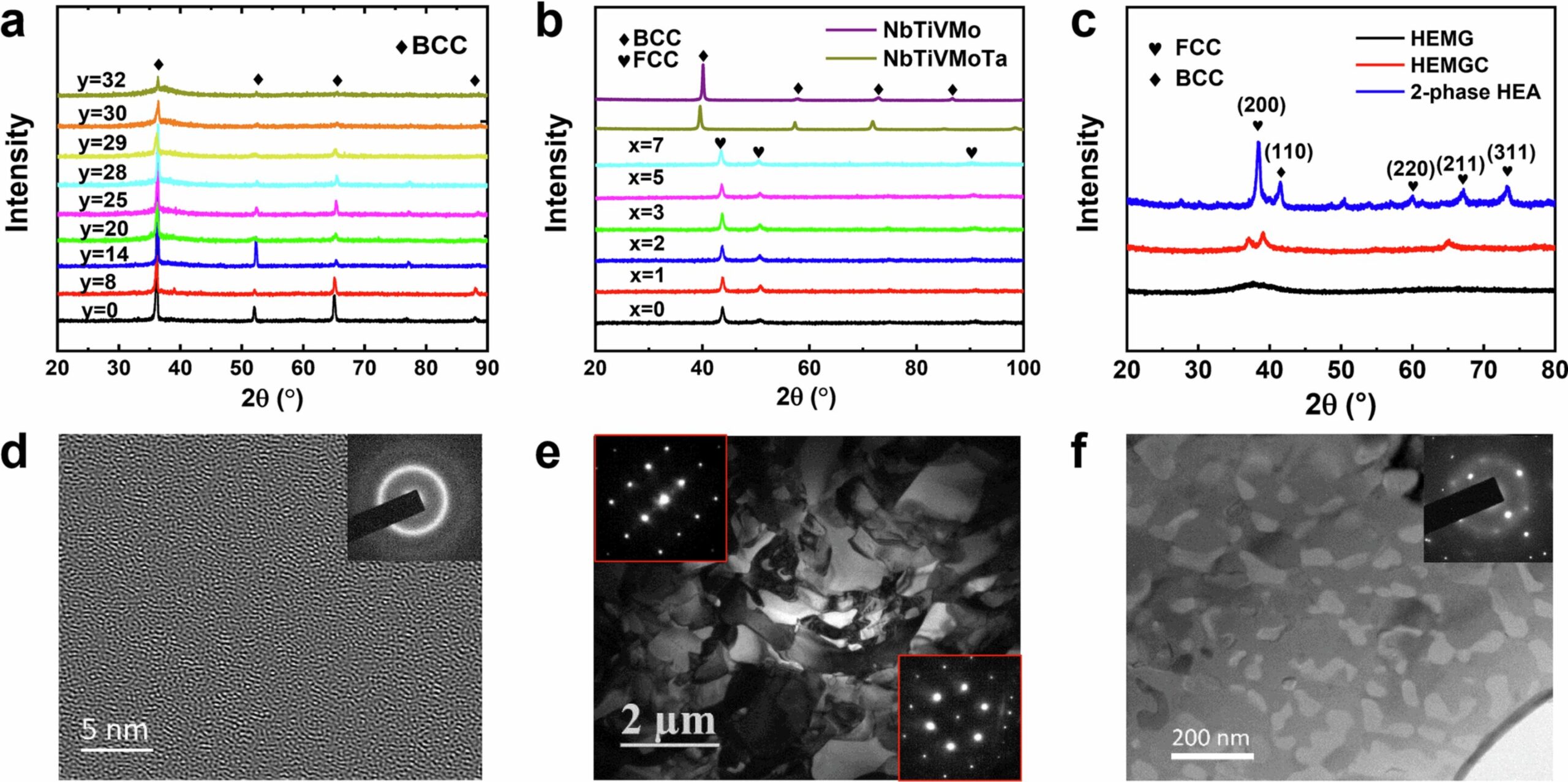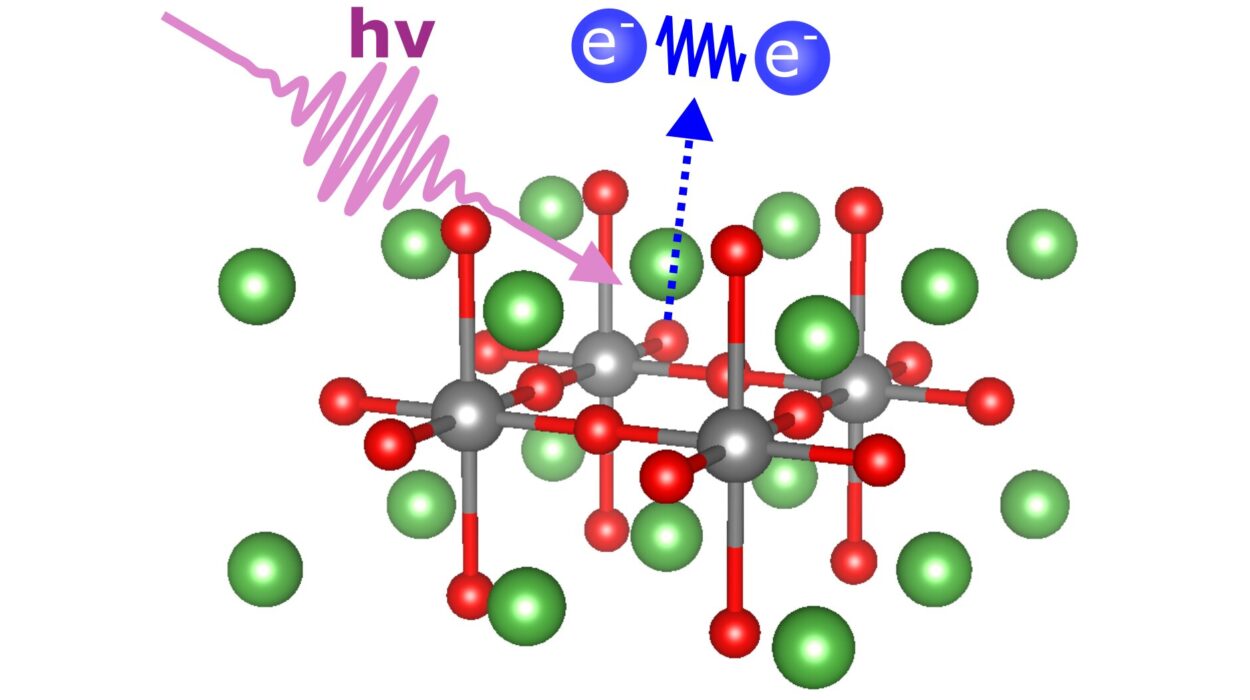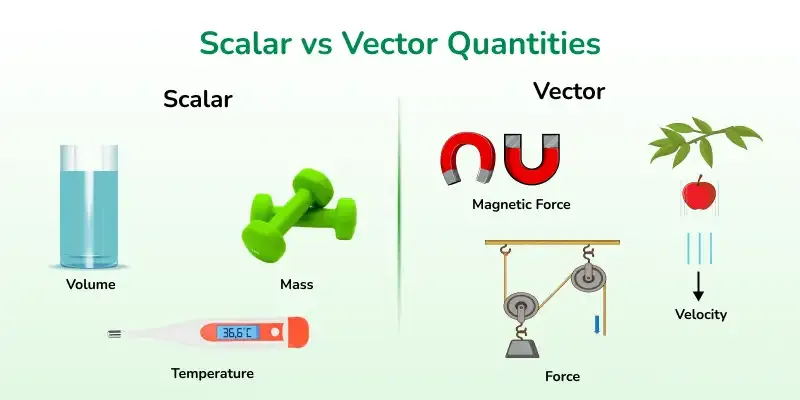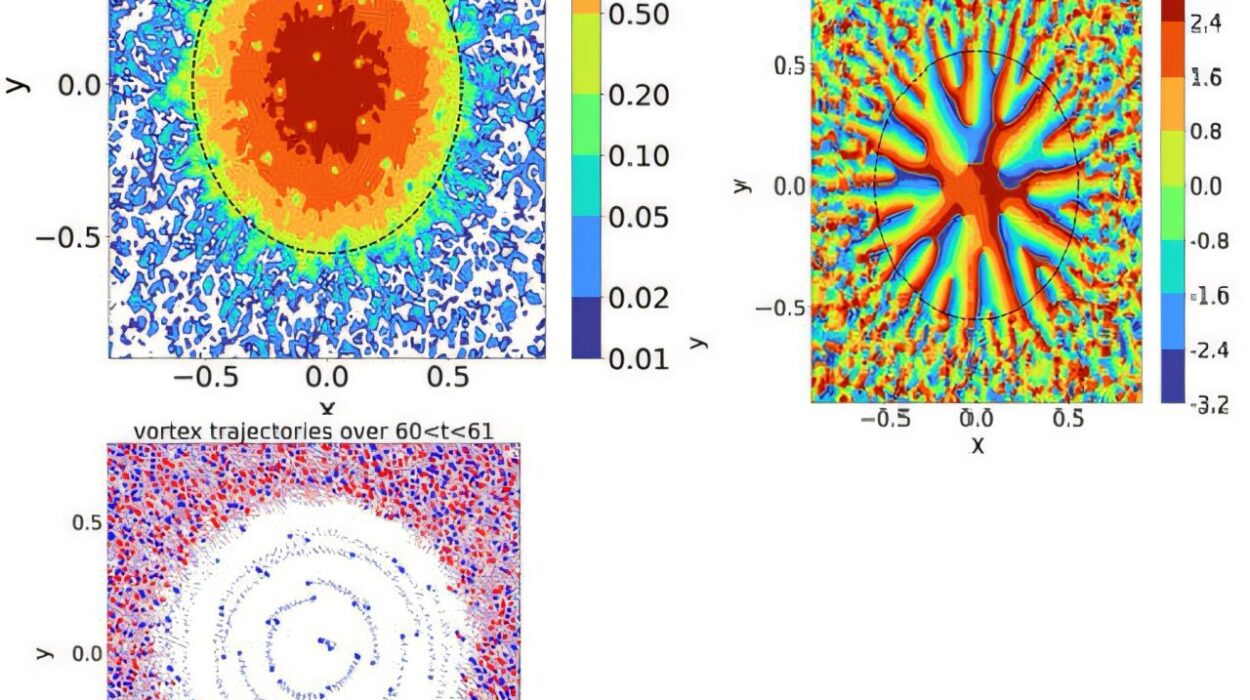Every solid object—from the glass in your window to the metal in your phone—contains a hidden orchestra. Within it, trillions of atoms vibrate in a delicate, invisible rhythm, creating waves of motion that carry heat, sound, and even information. These vibrations are not ordinary sound waves; they are quantized, meaning they come in discrete packets called phonons.
Phonons are the “sound particles” of the solid world. They are the reason metal spoons get hot in boiling water and why crystals and glasses behave differently when cooled to near absolute zero. But understanding how these tiny vibrations behave has long been one of physics’ great challenges.
Now, a group of researchers from the Chinese Academy of Sciences and Xi’an Jiaotong University has developed a new unified model that could finally explain two of the most mysterious phenomena in solid-state physics—vibrational anomalies known as the Van Hove singularity (VHS) and the boson peak (BP). Their groundbreaking study, published in Nature Physics, could transform how scientists understand the fundamental behavior of materials.
The Classic Debye Picture of Vibrations
To appreciate this discovery, it helps to go back more than a century, to 1912. That’s when Dutch physicist Peter Debye proposed a revolutionary idea: that the vibrations of atoms in a solid can be treated as continuous waves spread throughout the material. His model—now called the Debye model—successfully explained one of the biggest puzzles in early thermodynamics: why the heat capacity of solids drops dramatically at low temperatures.
According to Debye, these atomic vibrations have a distribution of frequencies, and the number of possible vibrations (the vibrational density of states, or VDOS) increases with the square of the frequency. This elegantly explained the observed “cubic law” of heat capacity, a triumph that cemented the model as one of the pillars of condensed matter physics.
Yet, even Debye’s elegant theory had limits. When physicists started looking closely at how phonons behaved in real materials—especially at very short wavelengths, where vibrations become more complex—they noticed anomalies that Debye’s model couldn’t explain.
The Puzzling Anomalies of Vibrational Matter
The first anomaly appeared in crystalline materials—those with perfectly ordered atomic structures. In such solids, the Van Hove singularity revealed itself as sharp spikes in the vibrational density of states. These singularities occur when the movement of phonons gets “stuck” at certain frequencies, creating bottlenecks in how vibrations propagate through the lattice.
In amorphous solids, like glass, a different mystery emerged. These materials lack the long-range order of crystals, yet scientists observed an unexpected excess of vibrational states at low frequencies. This anomaly became known as the boson peak. Unlike the VHS, which arises from order, the boson peak seemed to be born from disorder.
For decades, the two phenomena were treated separately. One belonged to the world of perfect crystals, the other to the chaotic realm of glasses. Yet, both hinted at a deeper connection—an underlying principle that could explain why matter vibrates the way it does.
A Unified Theory of Vibrations
That connection is exactly what physicist Gan Ding and his collaborators set out to uncover. “A phonon is a quasiparticle that exhibits wave-particle duality,” Ding explained. “By studying how phonons propagate and scatter, we developed a theory that unifies both ordered and disordered systems.”
Their new model treats phonons not just as waves in a continuous medium, but as elastic entities that can resonate and interact with local vibrational modes in the material. This subtle shift allowed the researchers to bridge the gap between the ordered and the disordered worlds.
Through rigorous mathematical derivation, the team produced an analytical expression for the vibrational density of states—one that naturally includes both the Van Hove singularity and the boson peak. In essence, they found a single equation that describes both extremes of material behavior.
Mapping the Vibrational Landscape
With this unified model, the researchers built a phase diagram—a kind of map showing how different materials exhibit distinct vibrational anomalies depending on their stiffness, density, and elastic properties.
This diagram doesn’t just describe existing materials—it predicts them. By changing a material’s internal structure or mechanical properties, scientists can anticipate whether it will show a Van Hove singularity, a boson peak, or a combination of both.
When the team compared their theoretical predictions to real-world data from 143 crystalline and glassy materials, the match was striking. The model accurately reproduced the observed heat capacities and vibrational behaviors across a wide range of substances—from perfectly ordered crystals to disordered glasses.
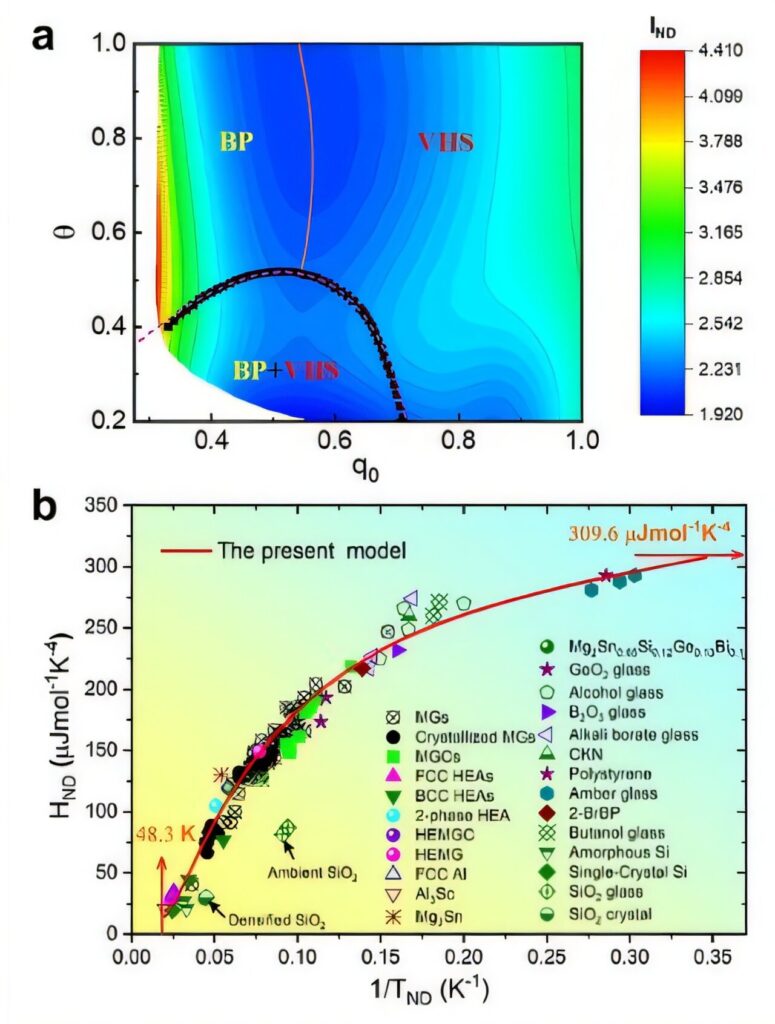
“The validity of the unified model is strongly supported by experiment,” Ding noted. “It helps clarify not only where the boson peak comes from, but how it relates to the singularities we see in crystals. Both phenomena are two faces of the same fundamental process.”
Rethinking the Nature of Solids
This discovery doesn’t just solve an old puzzle—it reshapes how scientists think about the nature of matter itself. For more than a century, physicists have described solids as either perfectly ordered or completely disordered. The new model suggests that these are simply points on a continuous spectrum of elastic behavior.
Every solid, whether it’s a diamond or a pane of glass, is part of a larger vibrational universe governed by the same principles. What differs is how strongly atoms interact, how rigidly they’re arranged, and how energy flows through the lattice.
By revealing this deeper connection, Ding’s team has given scientists a new lens through which to view the physical world—not as a collection of separate materials, but as variations of a single, unified vibrational reality.
Toward the Future of Material Design
Beyond the theoretical elegance, the implications of this work are profound. Understanding phonon behavior at such a fundamental level can influence how materials are designed for technology.
Materials with low thermal conductivity—like glasses and high-entropy alloys—are crucial for everything from thermal insulation to next-generation electronics. The unified model could guide researchers in engineering these materials more precisely, tailoring their atomic structures to control how heat and sound move through them.
It could also shed light on mysterious low-temperature phenomena such as superconductivity, where electrons pair up and flow without resistance. Some of these effects are influenced by vibrations within the material, making the new model a potential key to unlocking new quantum technologies.
“In future research, we hope to apply our theory to explain unresolved behaviors in amorphous solids and even superconductors,” Ding said. “There’s still much to learn about how matter vibrates—and how those vibrations shape the world around us.”
The Quiet Revolution Inside Matter
For most of us, sound is something we hear. But for physicists, it’s something they see—ripples of motion frozen inside the lattice of atoms. The discovery of a unified model for phonons doesn’t just deepen our understanding of heat and sound; it connects the chaotic with the ordered, the crystal with the glass, and the visible with the invisible.
It reminds us that beneath every piece of matter lies a quiet symphony—one that has been playing since the beginning of time, governed by laws we are only now beginning to understand.
With this new theory, science has tuned in to that hidden music of the universe. And as we listen more closely, we may discover that the rhythms of matter and the harmonies of physics are far more connected—and far more beautiful—than we ever imagined.
More information: Gan Ding et al, Unified theory of phonon in solids with phase diagram of non-Debye anomalies, Nature Physics (2025). DOI: 10.1038/s41567-025-03057-7.
